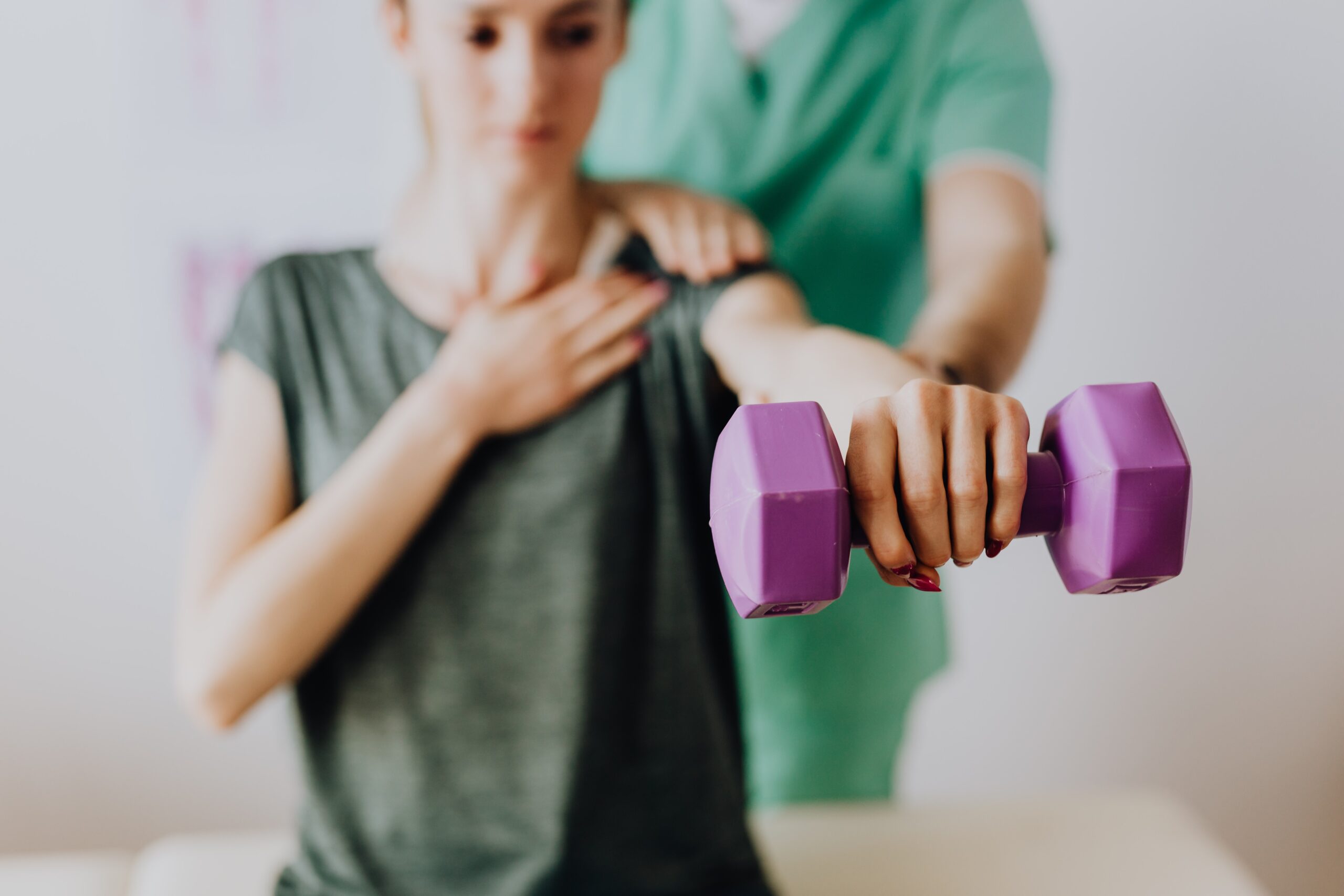Bone and Joint Health Week
Bone and Joint Action Week is held annually October 12-20 with activities focused on disorders including arthritis, back pain, trauma, pediatric conditions, and osteoporosis. The themes and their related activities are designed to raise awareness worldwide about prevention, disease management and treatment. Since we cannot attend the seminar, let’s talk about topics relating to bone and joint health.
BONE-JARRING REALITIES - You lose bones over your lifetime. You were born with 300 bones, but as you age, they fuse together leaving you with a measly 206 bones.
– These bones are plentiful. With the 54 bones you have in your hand, fingers and wrist, you are flexible enough to write, play an instrument, and browse your smartphone.
- Bones renew every seven years, you develop a new skeleton because the collagen in bones constantly replenishes itself.
- Bones creak when you hear that “creaking” sound in your bones as you flex your foot or other joint in your body, blame the arthritis that develops as your bone cartilage thins.
- Your funny bone is neither funny nor a bone. The so-called funny bone is actually your ulnar nerve, running inside your elbow.
WHY BONE AND JOINT HEALTH IS IMPORTANT –Musculoskeletal conditions limit your quality of life. Anyone who has suffered from a slipped disc or even a “crick” in your neck (or back) realizes that it’s impossible to fully enjoy life when you’re in pain.
WAYS TO IMPROVE BONE AND JOINT HEALTH
– Keep Moving. Many people with arthritis resist regular physical activity or exercise because they fear it will increase pain or further damage their joints.
– Protect Your Joints. It is important for everyone, especially people with arthritis, to protect their joints. The goal of joint-protection principles is to decrease pain and reduce the stress or burden placed on the joints.
Remember to:
- Pay attention to pain signals.
- Avoid activities that stress joints or increase pain.
- Pay attention to proper body mechanics.
- Balance activity and rest; don’t overdo activities.
- Maintain a healthy weight.
–Maintain Your Ideal Weight. With regard to optimal joint health, it is necessary for us to maintain our ideal body weight. Carrying excess body weight adds stress to our joints, especially the weight-bearing joints.
–Do Low-Impact Exercises
The desired benefits of regular physical activity and exercise can be achieved with low-impact exercise a gentler type of exercise that minimizes the stress put on joints during high-intensity workouts.
-Strengthen Your Muscles
The muscles that support our joints must be kept as strong as possible. You can work on maintaining or improving your muscle strength by doing strengthening exercises.
Weight training is often used as part of a strengthening regimen.
– Try Range-of-Motion Exercises
Arthritis is characteristically associated with limited range of motion. To preserve your current range of motion or improve it, you should routinely put each joint through its full range of motion. Extend, bend, or rotate each of your joints. Range-of-motion exercises improve flexibility, relieve stiffness and pain, and help keep our joints functional.
-Eat an Anti-Inflammatory Diet
Reducing inflammation is part of keeping arthritis symptoms under control and improving overall joint health. An anti-inflammatory diet involves avoiding foods that increase inflammation while including more foods that decrease inflammation.
-Prioritize Vitamin D and Calcium
Vitamin D and calcium are two nutrients that are required for healthy bones. Vitamin D is actually needed for calcium absorption. You can obtain vitamin D through sun exposure, diet, or supplementation.
– Stop Smoking
Most people are unaware that smoking increases the risk of osteoporosis bone fractures. Smoking also increases the likelihood of injuries involving bursitis or tendonitis. Smokers also have a higher risk of low back pain and rheumatoid arthritis. Stop smoking to improve bone health and joint health
Marie Jordan, RN









